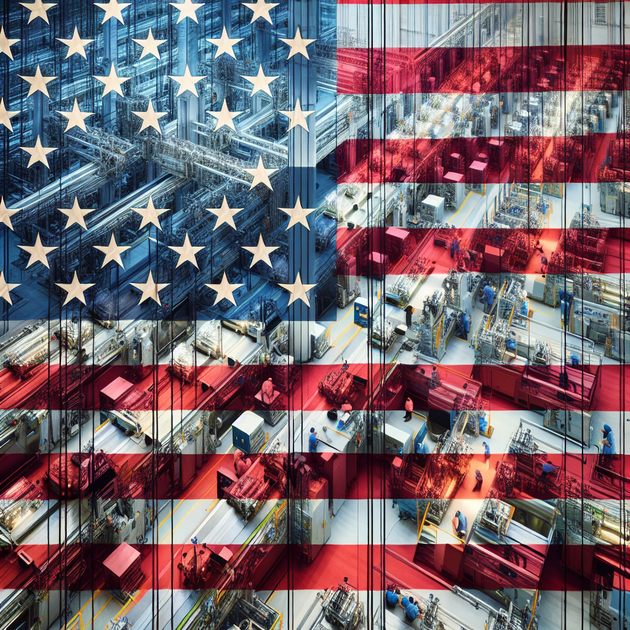Have you ever wondered why your phone—and almost everything “smart” in your house—relies on tiny chips made thousands of miles from home? With so much riding on these micro marvels, it’s no surprise that Donald Trump is doubling down on his fantasy of home-grown chipmaking. But before we get swept up in patriotic promises, let’s break down how realistic this dream actually is.
## What Does “Home-Grown Chipmaking” Even Mean?
When politicians talk about “home-grown chipmaking,” they’re basically saying they want to manufacture semiconductors—the brains behind our phones, cars, and appliances—right here in the USA. For decades, though, most of these chips have come from places like Taiwan and South Korea.
Why does that matter? Well, when supply chains get messy (like during COVID), or when global politics heat up (think US-China tensions), having reliable access to chips suddenly looks like a national security issue.
Trump has made a lot of noise about bringing this essential industry back onto American soil. The idea sounds great—less dependence on foreign countries and more jobs at home. But as with most things in tech and politics, it’s not quite that simple.
## The Realities Behind Building a US Chip Industry
Let’s talk dollars and sense for a minute. Setting up a “fab”—that’s industry-speak for a semiconductor fabrication plant—isn’t like opening a new burger joint downtown. We’re talking billions of dollars just to get started.
Here are some hard truths about making home-grown chipmaking happen:
– **Sky-high Costs:** A modern fab can cost $10 billion or more.
– **Talent Shortage:** The US doesn’t have enough engineers trained specifically for advanced semiconductor work.
– **Supply Ecosystem:** Chips need rare materials and chemicals—and those global supply chains are tough to duplicate locally.
– **Tech Know-how:** Asian companies like TSMC are years ahead in manufacturing know-how.
– **Market Complexity:** Most consumer electronics brands have built their businesses around overseas suppliers.
So when politicians promise quick wins or overnight factories popping up all over America—it pays to be skeptical.
## Why Does This Matter to Everyday Americans?
Okay, but why should you care about where chips are made? Let me tell you a quick story. Last year, my friend Sarah couldn’t buy her favorite laptop model for months because of—you guessed it—a global chip shortage. She ended up paying more for an older model with fewer features.
This isn’t just about gadgets; it affects everything from car prices to internet routers. If the US had more control over its own semiconductor supply through real home-grown chipmaking, maybe Sarah—and millions like her—wouldn’t be stuck waiting or paying extra.
But getting there isn’t just about building factories. It means building an entire ecosystem from engineers and raw materials to software designers and manufacturers—all working together at dizzying speed.
## What Would It Take for Trump’s Dream to Succeed?
If you’re thinking this sounds like climbing Mount Everest in flip-flops…you’re not far off. But let’s say America really wanted to make it happen—what would need to change?
– **Massive Government Investment:** Not just once-off funding—long-term support for research and education.
– **Workforce Development:** Scholarships and training programs targeted at semiconductor engineering.
– **Better Global Partnerships:** Working with allies (not just going it alone).
– **Modernizing Infrastructure:** Power grids and water supplies that can handle energy-hungry fabs.
– **Realistic Timelines:** Accepting that even with money and willpower, results will take years—maybe decades.
It also means public leaders need to be honest about the challenges—not selling voters fantasies at election time.
## The Bottom Line
Donald Trump’s fantasy of home-grown chipmaking is equal parts patriotism and political theater. Sure—it’d be great if every gadget could boast “Made in America” silicon inside. But turning that dream into reality requires way more than campaign slogans or quick fixes; it takes serious commitment across government, industry, and education alike.
So next time you hear promises about bringing all our tech production back stateside overnight—take a moment to ask yourself: Is this a real plan…or just wishful thinking?

Leave a Reply